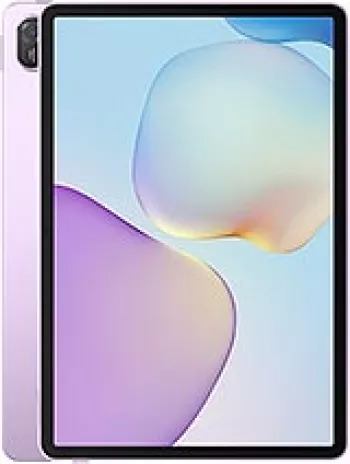
Network and Connectivity
The Huawei G6609 was equipped with GSM technology, enabling it to support quad-band 2G networks. The 2G bands included GSM 850, 900, 1800, and 1900. It supported GPRS Class 12 and had EDGE capabilities, which allowed for basic internet connectivity and data transfer. However, it lacked 3G and 4G support, which limited its internet speed and usability in the rapidly evolving mobile internet landscape during its time.
Launch and Availability
Announced in April 2012 and released in September of the same year, the Huawei G6609 was eventually discontinued. Despite not staying long in the market, it provided an option for consumers seeking a basic feature phone with essential functionalities like calling, texting, and basic browsing.
Body and Design
The design of the Huawei G6609 featured a practical QWERTY keyboard, allowing for efficient texting and typing. The dimensions were 113.8 x 60.5 x 11.5 mm, making it compact and easy to handle. Weighing in at 98 grams, the device was lightweight and comfortable for everyday use. It utilized a Mini-SIM, which was standard for its time.
Display
The display was a 2.4-inch TFT screen capable of showing 256K colors. While the screen size was small compared to modern smartphones, it offered a resolution of 320 x 240 pixels, with a pixel density of approximately 167 ppi. This was sufficient for viewing text messages, contact lists, and basic images.
Memory
The Huawei G6609 featured a dedicated microSDHC slot for expandable memory, allowing users to store additional data beyond the internal memory limits. The phonebook could store up to 1,000 entries, complete with photocall functionality, which was quite adequate for its target audience. Call records could also be maintained.
Camera
For photography, the device was equipped with a 3.15 MP main camera, which could also record videos. This camera was typical for feature phones of the era, providing basic photography and videography capabilities for capturing simple moments.
Sound and Audio
The Huawei G6609 had a loudspeaker for calls and media playback, along with a 3.5 mm headphone jack. This allowed users to connect earphones or headphones for a more personal listening experience.
Communications
Despite being a feature phone, the G6609 offered Wi-Fi connectivity with 802.11 b/g support, which was rare for such devices, enabling users to connect to wireless internet networks for basic browsing. Bluetooth 2.1 with A2DP and EDR was available for wireless file transfers and connecting to Bluetooth devices. Although it lacked GPS, it supported FM radio with recording capabilities. Data transfer and charging were facilitated through a USB 2.0 port.
Additional Features
In terms of software, it offered basic messaging capabilities like SMS, MMS, email, and instant messaging. A selection of games came pre-installed for entertainment. Java support was present, allowing the device to run simple Java-based applications and games.
Battery Performance
The Huawei G6609 was powered by a removable Li-Ion 1050 mAh battery. It could provide a standby time of up to 470 hours and a talk time of approximately 4 hours and 40 minutes, which were decent figures for its class and ensured prolonged usage between charges.
Miscellaneous
The phone was available in Gray and Brown colors, adding a touch of personalization. At the time of its launch, it was priced around 80 EUR, making it an affordable choice for budget-conscious consumers.
Conclusion
The Huawei G6609 was a quintessential feature phone of its era, offering practical functionality for basic communication needs. While it lacked many of the advanced features of smartphones, it served its purpose well with its QWERTY keyboard, basic internet capabilities, expandable storage, and budget-friendly pricing. It was a reliable option for those seeking a straightforward mobile phone experience.
Key Features of Huawei G6609
- Supports GSM network technology, making it suitable for global use.
- Equipped with a QWERTY keyboard for quick and convenient typing.
- Lightweight design with a weight of just 98 g (3.46 oz).
- Expandable storage with a dedicated microSDHC slot.
- 3.15 MP main camera with video recording capability.
- Includes FM radio with recording feature.
- Connectivity options include Wi-Fi 802.11 b/g and Bluetooth 2.1, A2DP, EDR.
- Removable Li-Ion 1050 mAh battery offering standby time up to 470 hours.
- Affordably priced at approximately 80 EUR at launch.
Drawbacks of Huawei G6609
- Limited to GSM technology, no support for 3G or 4G networks.
- Lacks a front-facing selfie camera.
- Screen-to-body ratio is relatively low at ~25.9%.
- Display resolution is low, with just 167 ppi density.
- No GPS for navigation support.
- Short talk time battery life at only up to 4 hours and 40 minutes.
- Limited Bluetooth version 2.1 without modern features.
- No advanced sensors included.
- Discontinued model, limiting availability and support.


View Also
More Phones
All Rights Reserved +14268 Phones © Mobilawy 2025

























